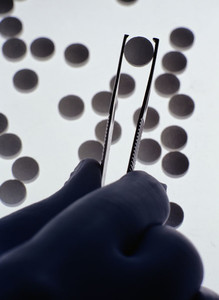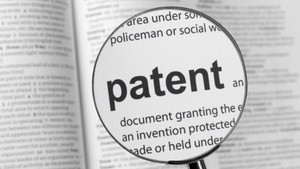Yet more hurdles to entering the biosimilars’ market have been identified in a Reuters’ report. High development costs, complex manufacturing and legal hurdles are holding back generic drugmakers seeking to copy high cost biotech medications nearing the end of their patents.
Hurdles to entering the biosimilars’ market
Biosimilars/General
|
Posted 08/11/2010
 0
Post your comment
0
Post your comment

The biosimilars’ market is estimated to be worth US$10 billion by 2015. However, entry into the biosimilar’s market may be limited to a few specialist companies with the means to invest heavily and to fend off a legal onslaught, analysts said.
Annual treatment costs for patented biologics running into the tens of thousands of dollars per patient have attracted generics’ makers such as Novartis, Teva, Hospira and Stada to the biosimilars market. Merck & Co has also created a biosimilars unit and AstraZeneca has said it would be in the field.
The next targets for biosimilars are believed to be Johnson & Johnson's autoimmune drug, Remicade (infliximab), and Roche's blood-cancer drug, Rituxan (rituximab). The major patents for both these drugs have now expired, and with sales of US$4.3 billion and US$5.5 billion respectively, in 2009, they are ripe for a biosimilar challenge.
According to Reuters, it takes up to eight years to bring a biosimilar to market. Development costs are US$100–150 million (50 times that to launch a conventional generic). However, potential rewards are high. Market researchers expect annual sales of biologic drugs – currently at US$100 billion – to grow two to three times faster than conventional drugs over the next five years.
Analysts expect price discounts for biosimilars to be 20–30%, modest compared with an average mark-down of 90% for generics.
Of the US$64 billion in global revenues from biologics that will lose patent protection by 2015, US$10 billion are expected to face biosimilar competition. Five years later, 90% of today's biotechnology drugs will have lost their patent protection.
As biotech drug developers charge more than 20 times the average price of chemical drugs, health insurers are avidly awaiting cheaper versions.
However, due to the complexity and costs of reproducing these drugs, and due to the huge number of patents protecting the numerous production steps, the way forward is not an easy one.
A particular challenge is that, unlike generics, biosimilars are never exact replicas, due to the complex molecular structure of proteins. Benefits and side effects may differ from the original drug. This means that biosimilar’ makers cannot promote their products as direct substitutes and results in extensive testing being requested and narrow indications being granted by regulatory authorities.
The question is – can generics manufacturers overcome the many manufacturing, regulatory and patent hurdles in order to bring biosimilars to the market? Given the huge potential earnings they must surely be tempted to take the risk!
Related articles
Biosimilars’ hurdles in the US
The hurdles to biosimilars in Europe
Hurdles to biosimilars in Asia
Challenges in the development of biosimilars mAbs
Reference:
Reuters. Battle over biosimilar drugs is only for the brave. 02 July 2010
Research
Reaching ESG goals in pharmaceutical development
What is the future for the US biosimilar interchangeability designation
News
FDA approves six denosumab biosimilars
EMA recommends approval for four biosimilars targeting three therapies
Most viewed articles
The best selling biotechnology drugs of 2008: the next biosimilars targets
Global biosimilars guideline development – EGA’s perspective
Related content
Samsung Bioepis wins Pyzchiva case; Regeneron patent rulings threaten foreign biosimilars
Chinese biosimilars go global: growth, partnerships, and challenges
Stelara biosimilars enter US market with 85% discount in 2025
IFPMA publishes position on pharmacy-mediated substitution for biosimilars
Samsung Bioepis wins Pyzchiva case; Regeneron patent rulings threaten foreign biosimilars

Biosimilars/General Posted 30/07/2025
Chinese biosimilars go global: growth, partnerships, and challenges

Biosimilars/General Posted 30/04/2025
IFPMA publishes position on pharmacy-mediated substitution for biosimilars

Biosimilars/General Posted 21/03/2025
The best selling biotechnology drugs of 2008: the next biosimilars targets







Post your comment